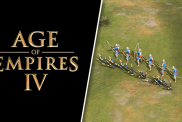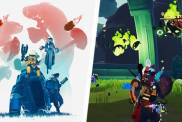___
- -_, /
( ~/|| _ ||
( / || / _-_ /' =||=
/==|| || || || || || ||
/_ _|| || || ||/ || || ||
( - , _-| ,/ ,/ ,
/
'----`
,- _~, _-_, _-_,
(' /| / ' // //
((…

Atlas is an action-rpg with rogue-like elements where you use your ability to control the ground to fight the enemies and move through procedurally generated worlds.










